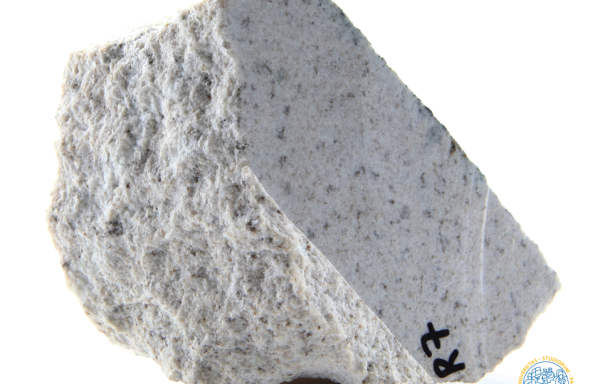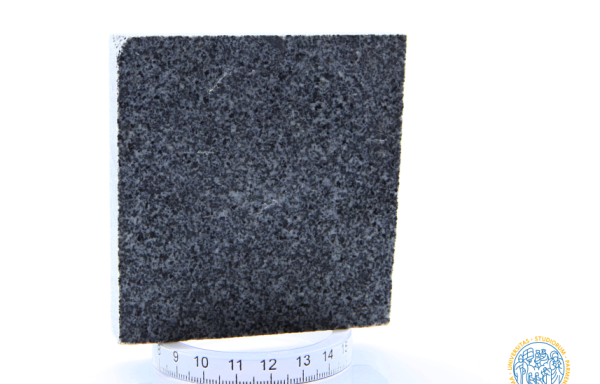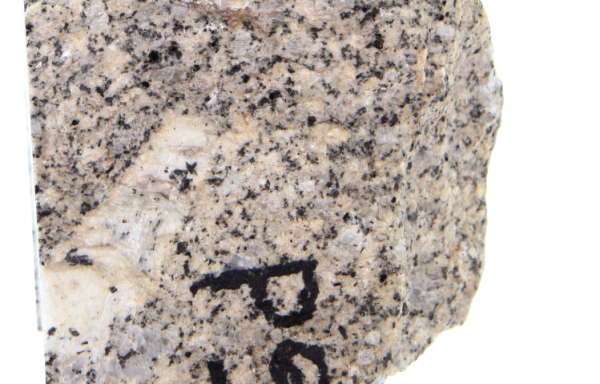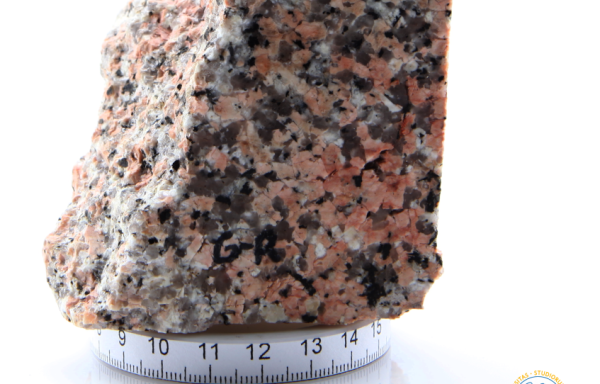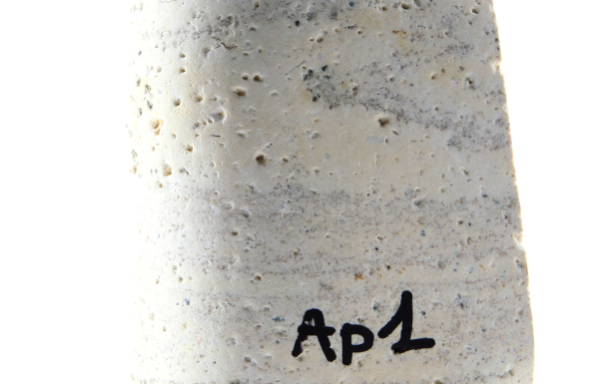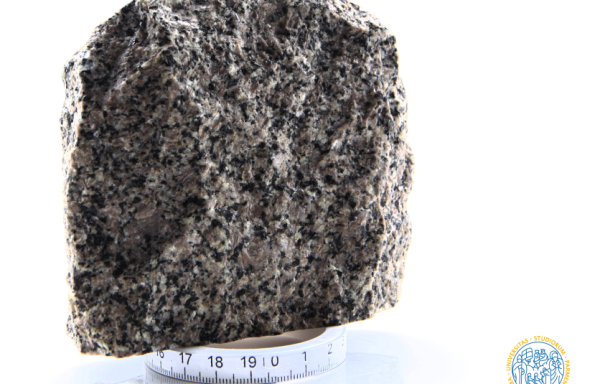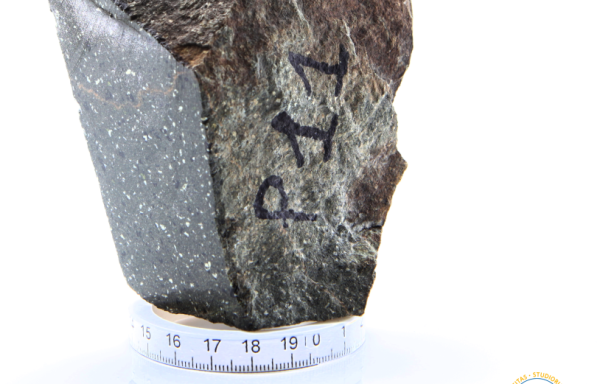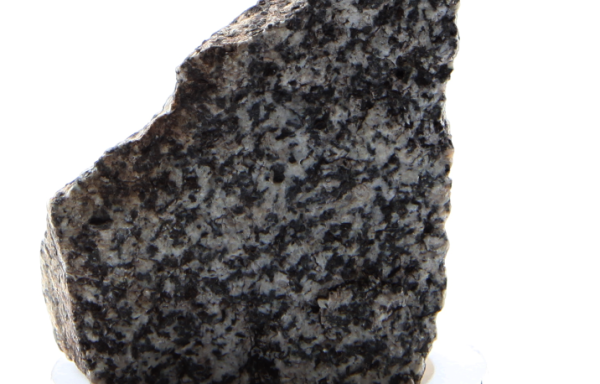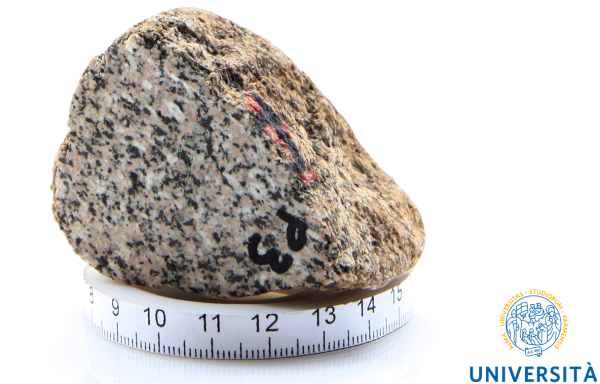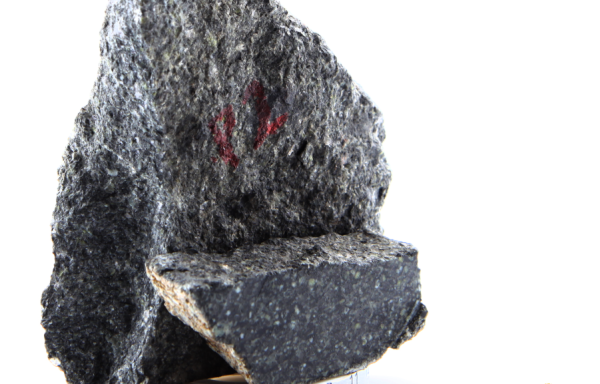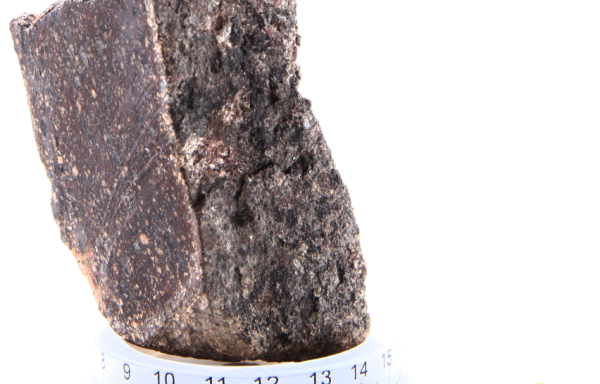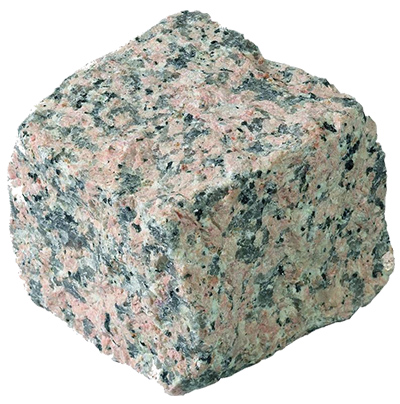
This type of rocks forms by solidification of molten material. Early in the Earth’s history, the planet was almost totally molten. Since that time, the Earth began to cool and solidify (a slow process that continues today), forming a zoned planet with a inner part (the core), a middle part (the mantle) and a outer part (the crust). Today, igneous rocks form by solidification of liquid melt generated by partial melting of Earth’s mantle and crust. With cooling, the liquid melt becomes progressively more enriched in crystals and gases at the expense of liquid melt. The melt existing below the Earth’s surface is magma. The freezing (solidification) of magma underground forms the intrusive igneous rocks (plutonic rocks). Instead, the melt erupted from a volcano is named lava and the rocks formed when lavas solidify are named extrusive igneous rocks (volcanic rocks). Volcanic rocks also include rocks formed when lavas are sprayed or explode above the Earth’s surface, giving rise to a mixture of rock fragments and crystals (pyroclastic rocks). Both magmas and lavas contain liquid, crystals, gases in varying proportions; they may contain rock fragments, too. Igneous rocks are the most abundant rocks on the Earth, as they form the mantle, the oceanic crust and much of the continental crust. The IUGS (International Union of Geological Sciences; http://iugs.org) recommended a modal classification system for plutonic rocks (for a summary of the recommended classification schemes click here), and a chemical classification system for the volcanic rocks (for a summary of the recommended classification schemes click here).

